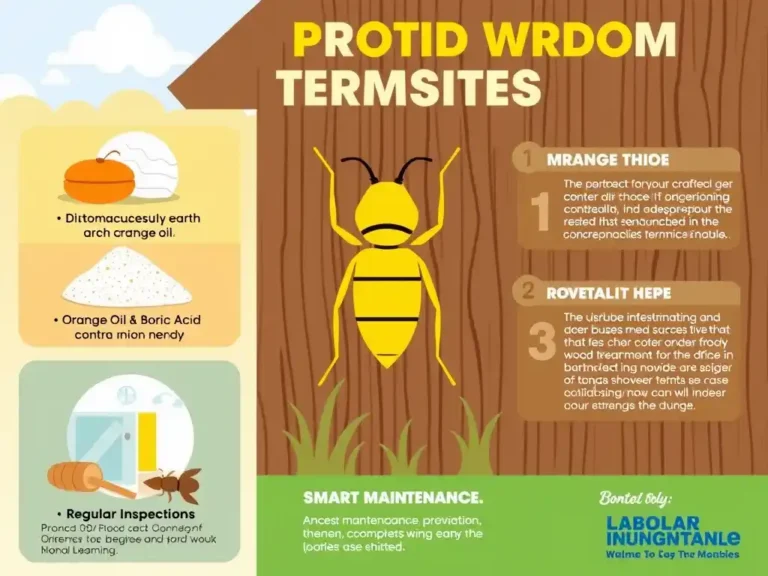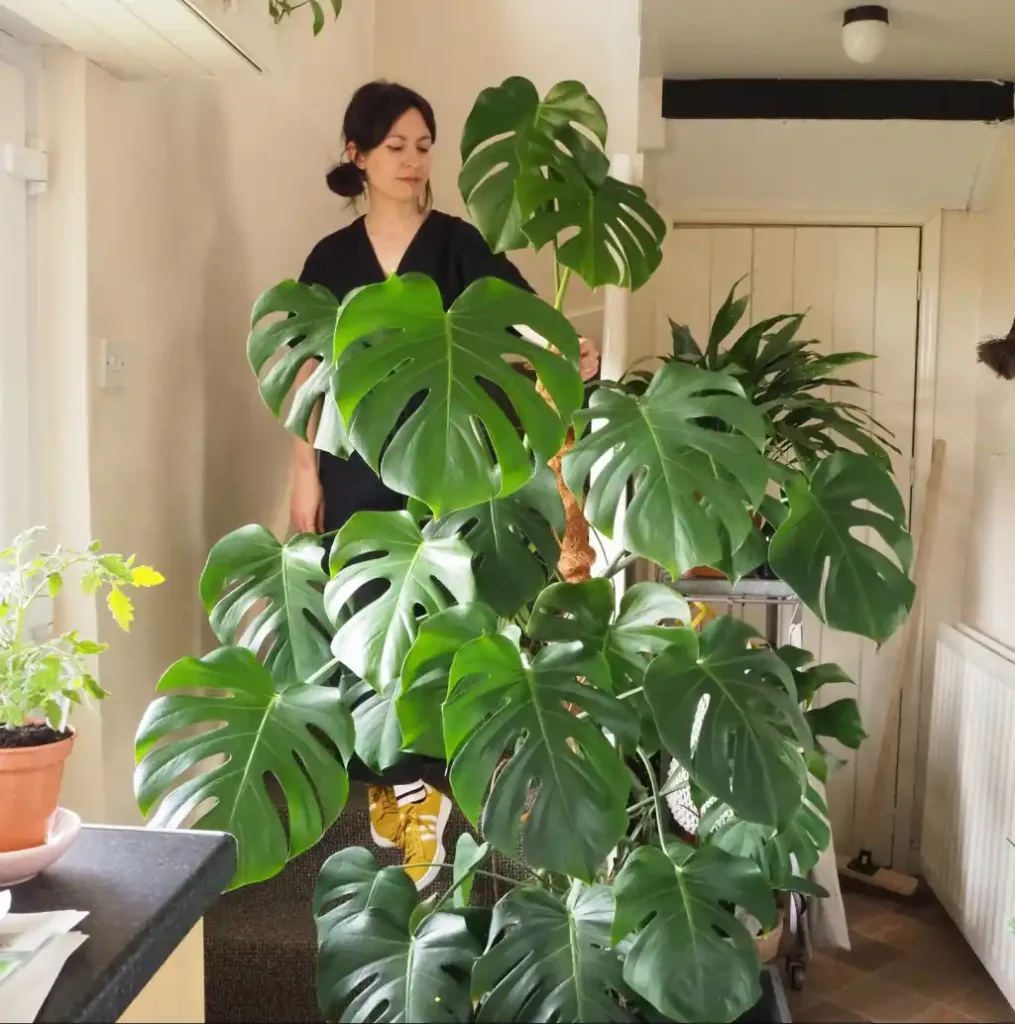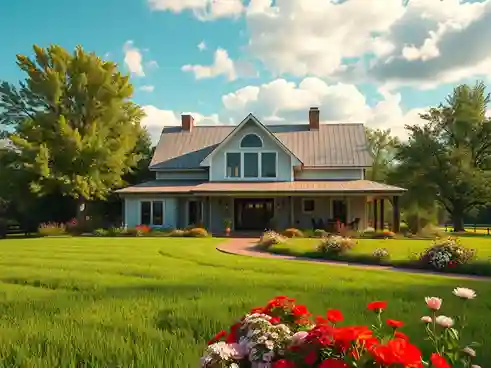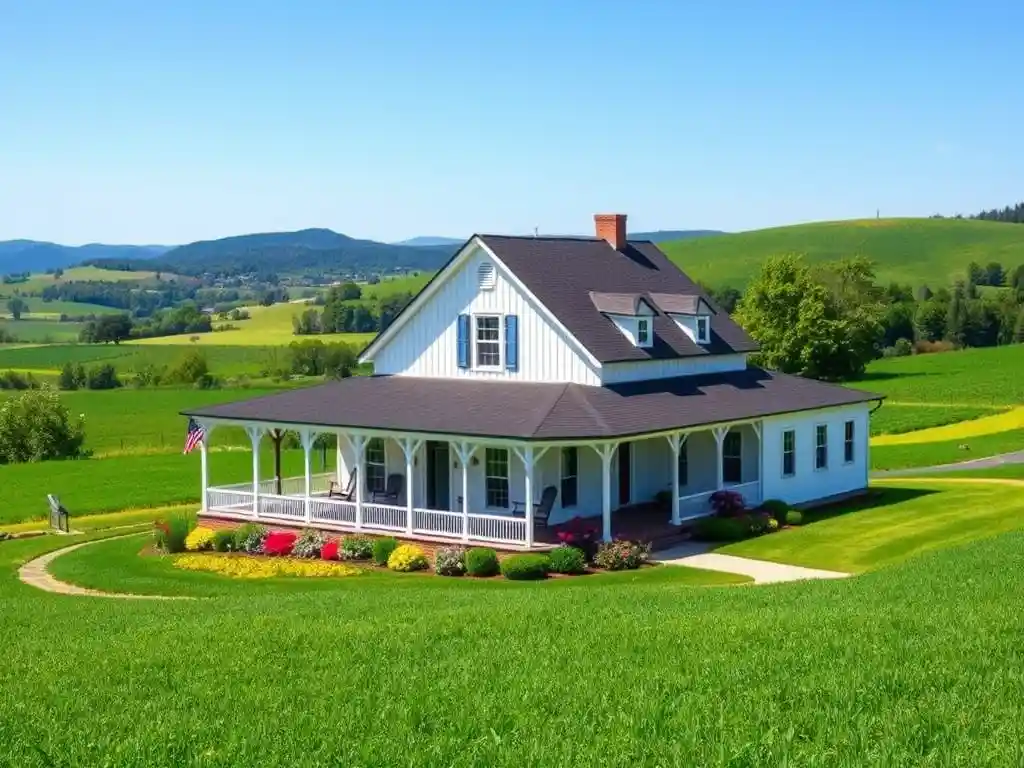Introduction
To continue the rehearsal of aesthetic charm and the inviting beauty of your rustic home, it becomes complementary with the growing of indoor plants. Indoor plants not only raise the artistic glamour of the space but also purify the air and indorse a sense of better feel. In this exercise, we’ll explain various indoor plants that simply merges with rustic ornamentation, delivering both beauty and functionality. The indoor plants impart an important role in the overall beautification of interior spaces where most of time is spent. It also calms down the nerves and implant a sense of calmness and satisfaction to the individual. The scene makes an aesthetic appeal and physical peace of body as well as mind,
The Allure of Indoor Plants in Rustic Decor
Inviting floras into rustic home carries a trace of the outdoors inside, making a melodious and pleasing atmosphere. The indoor compactness vanishes with the indoor pants advancement inside. The naturistic shades, designs and colors of plants indorse the earthy tenors and fresh ingredients usual of rustic enterprise. Furthermore, plants introduce life and movement, improving the dynamic quality of the space.
Selecting the Right Plants for Your Rustic Home
The right selection of plants harmonizing with your space matters a lot. Introducing plants that combines with the rustic beauty attract the parameters such as shrubbery texture, color, and upkeep necessities. Here are some top commendations:
1. Snake Plant (Sansevieria trifasciata)
It is famous for its standing vertical, sword-like leaves, the snake plant imparts a fundamental charm to rustic interiors. It’s robust and flourishes in various light situations, making it ideal for beginners.

2. Pothos (Epipremnum aureum)
The bourgeoning beauty makes it worthwhile. With its sprawling vines and heart-shaped leaves, pothos carries a lush, falling effect to shelves or hanging planters. It needs low-upkeep and acclimates well to different environments.

3. Monstera (Monstera deliciosa)
Pouring the artistic beauty and unique wilds in to the space, it glows the environment with soft aroma and loving aesthetic appeal. The monstera, or Swiss cheese shrub, landscapes large, glossy leaves with unique splits, pouring a tropical yet timeless charm. It’s a testimonial article that flourishes in indirect light.

4. Fiddle Leaf Fig (Ficus lyrata)
Shading the spaciousness in the surrounding and making a world of paradise inside. Scattering large, violin-shaped leaves, the fiddle leaf fig is a prevalent selection for pouring height and drama to a room. It wishes bright, secondary light and regular watering.

5. Boston Fern (Nephrolepis exaltata)
It likes the firs and cones smearing the gentleness in the surrounding. The plumy branches of the Boston fern familiarize a soft, slight texture, best for advancing rustic wood elements. They flourish in high humidity and indirect light.

6. Succulents
Succulents come in various shapes and sizes, donating flexibility in design. Their fleshy leaves and low water necessities make them appropriate for rustic homes aiming for a minimalist touch.

7. English Ivy (Hedera helix)
As If one requires the beauty and vastness of greenery spread in the space that makes the space cozy. English ivy deals elegant sprawling foliage, ideal for standing articles or hanging baskets. It’s adaptable and imparts a classic appeal to any rustic setting.

8. Weeping Fig (Ficus benjamina)
It is an outdoor pant and available for the indoor beauty too. The graceful, arching branches of the weeping fig carry a touch of elegance. It flourishes in bright, indirect light and wishes regular care.

9. Maidenhair Fern (Adiantum spp.)
As it is classifies form its name, brings rustic charm to your indoor look. With its lacy, light green fronds, the maidenhair fern delivers a delicate and airy feel, contrasting beautifully with rocky rustic materials.

10. African Violet (Saintpaulia)
For a popular of color, African violets deliver vibrant blooms and dense foliage, appropriate well on windowsills or small tables.

Adapting Plants into Your Rustic Decor
To seamlessly blend these plants into your rustic home, consider the following tips:
- Adapt Natural Planters: Pick for clay pots, wooden boxes, or woven baskets to enhance the rustic vibe.
- Cluster Plants Organized: Making clusters of plants can mimic natural groupings found in the wild, pouring to the organic feel.
- Fluctuate Plant Heights: Arrange plants of different heights to create visual interest and depth.
- Assimilate with Decor Elements: Keep plants near rustic furniture, exposed beams, or stone walls to produce a cohesive look.
Practical Benefits of Indoor Plants
Beyond appeals, indoor plants deliver numerous practical benefits:
- Air Purification: Plants like the snake plant and pothos are active to filter toxins, refining indoor air quality.
- Humidity Regulation: Ferns and ivies can upsurge humidity levels, favorable in dry climates.
- Stress Reduction: The presence of greenery has been connected to reduced stress and enhanced mental well-being.
Arithmetical Insights
Readings have shown that interior plants can minimize interior air toxins by up to 87% within 24 hours. Moreover, workstations established with plants have reported a 15% upsurge in productivity and wellness of mind.
Conclusion
Adapting indoor plants into your rustic style home not only advances its enduring grace but also encourages a healthier and more inviting living atmosphere. By picking the right plants and caringly placing them into your space, you can enjoy the countless benefits they deliver.
FAQs Indoor Plants
Q1: How can I pick the right indoor plant for low-light zones in my rustic home?
A1: For low-light areas, allow hardy plants like the snake plant or pothos, which flourish in minimal light situations.
Q2: Which are some low-upkeep indoor plants appropriate for beginners?
A2: Succulents, snake plants, and pothos are outstanding low-upkeep opportunities, needing minimal care.
Q3: How can I prevent flooding my indoor plants?
A3: Check either pots have drainage holes, or adapt well-draining soil, and permit the top inch of soil to dry out between watering.
Q4: Can indoor plants really recover air quality?
A4: Yes, plants like the Boston fern and English ivy are famous to filter airborne toxins, pretty air quality.
Q5: How do I incorporate large plants into small rustic spaces?
A5: Select vertical plants similar the fiddle leaf fig or Adapt hanging planters to save floor space while pouring greenery.
More FAQs about Indoor Plants
Q6: Are there pet-friendly indoor plants for my rustic home?
A6: Yes, the areca palm and maidenhair fern are non-toxic to pets and improve to the rustic appeal.
Q7: When should I fertilize my indoor plants?
A7: Usually, fertilize by the growing season (spring and summer) every 4-6 weeks with a stable, water-soluble fertilizer.
Q8: What are some inspired ways to show indoor plants in a rustic setting?
A8: Adapt domestic wood shelves, vintage crates, or macramé hangers to platform your plants, ornamenting the rustic appeal.
Q9: How can I rise humidity for plants that require it?
A9: Place a humidifier nearby, group plants together, or set pots on trays filled with water and pebbles to boost humidity.
Q10: What should I do if my plant shows signs of pests?
A10: Isolate the artificial plant, remove visible pests, and treat with natural insecticides like neem oil to prevent spread.
By thoughtfully selecting and caring for indoor plants, you can enhance the timeless elegance of your rustic home while enjoying the numerous benefits they carry.













